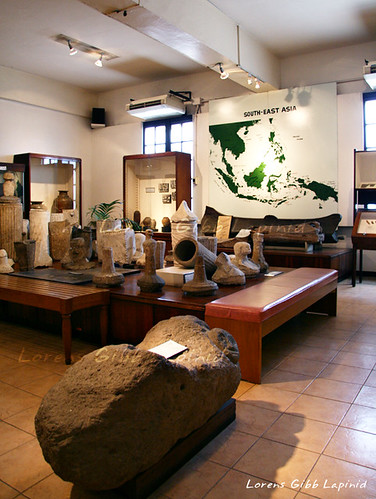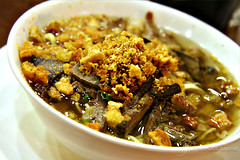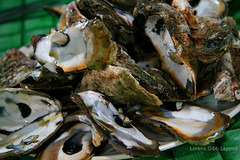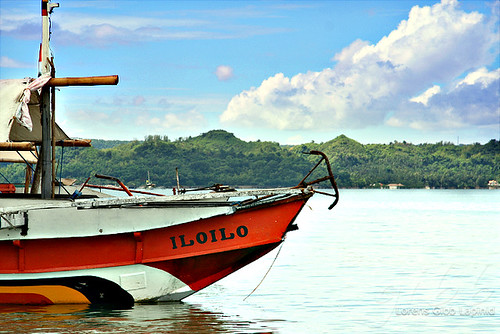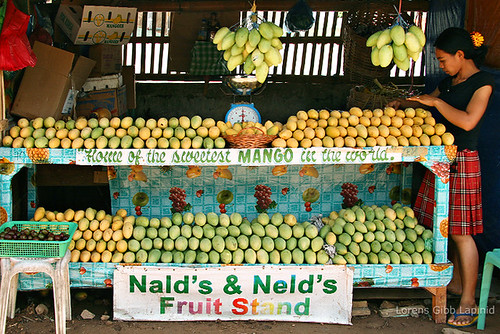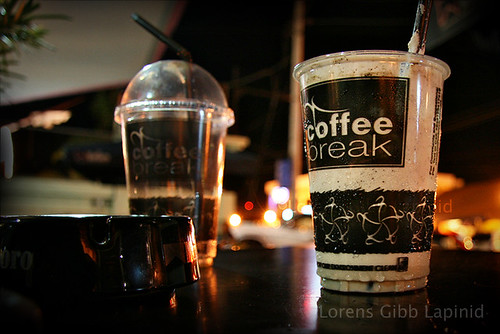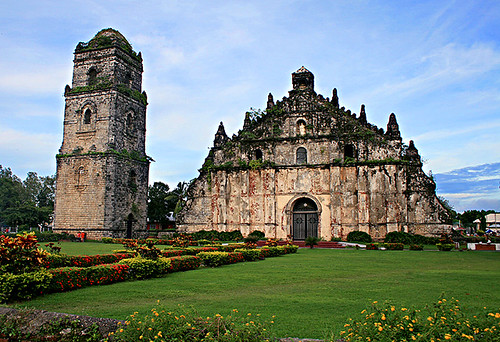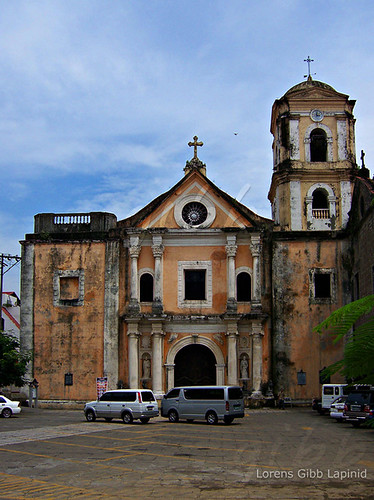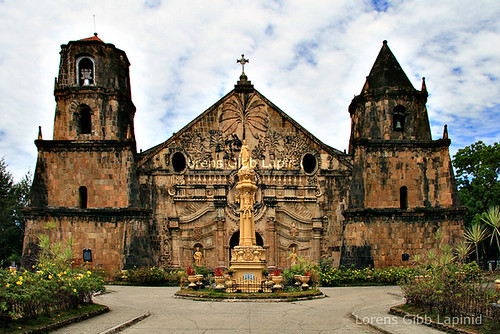For the first time a local NGO organizes Cebu's most prestigious art competition and biggest yearly art event bringing together Professional and Amateur Artists.
CARCAR CITY, CEBU May 22, 2008 -- The 18th Annual Martino Abellana On-the-Spot Painting Competition for professional and amateur artists will be held on Thursday, May 29, 2008 from 9:00 am to 4:00 pm in Carcar.
The competition is open to all professional and amateur artists with prizes for the top three Professional and Amateur winners plus five finalists in the biggest and most prestigious on-the-spot painting competition held yearly in Cebu in honor of the late dean of Cebuano artists Martino Abellana. This year's subject is Carcar's heritage houses.
Registration is free and starts at 8:00 am to 9:00 am on the Top Floor (Conference Hall) of Carcar City Hall. After the end of the formal competition, judging and awarding will follow.
International award-winning artists Romulo Galicano will chair the panel of five judges composed of two artists, one businessperson and art collector and one photographer.
Galicano won the Draper Prize, a prestigious international art competition held in Washington, D.C. in 2005. He was the first Filipino since Juan Luna in the 1880s to win a grand prize in an international art competition.
The Carcar Heritage Conservation Society (CHCS), a local NGO, is the organizer of this year's Abellana On-the-Spot Painting Competition. The competition draws artists from Cebu, the Visayas, and Mindano for this one-day competition in Carcar.
The CHCS and competition organizers chose to focus on Carcar's heritage to culminate their activities for the Philippine's National Heritage Month and International Museum Month of May.
The CHCS is organizing this year's Abellana On-the-Spot painting competition in memory of the dean of Cebuano painters Martino Abellana. Abellana was Carcar's most famous painter, teacher, and mentor to some of Cebu and Manila's most prominent artists today.
The Carcar Heritage Conservation Society, Inc. (CHCS) is a Carcar City-based NGO composed of heritage house owners and concerned Carcaranons dedicated to preserving Carcar's rich architectural and cultural heritage.
Jerry Martin Noel Alfafara
Public Relations Officer
Carcar Heritage Conservation Society (CHCS)
mobile: 0915.915.6376
e-mail: jmnalfafara@gmail.com
Gabriel Abellana, tel. no. 032/254-6933
mobile 0906/367-4005
Val Sandiego, tel. no. 032/513-8000

